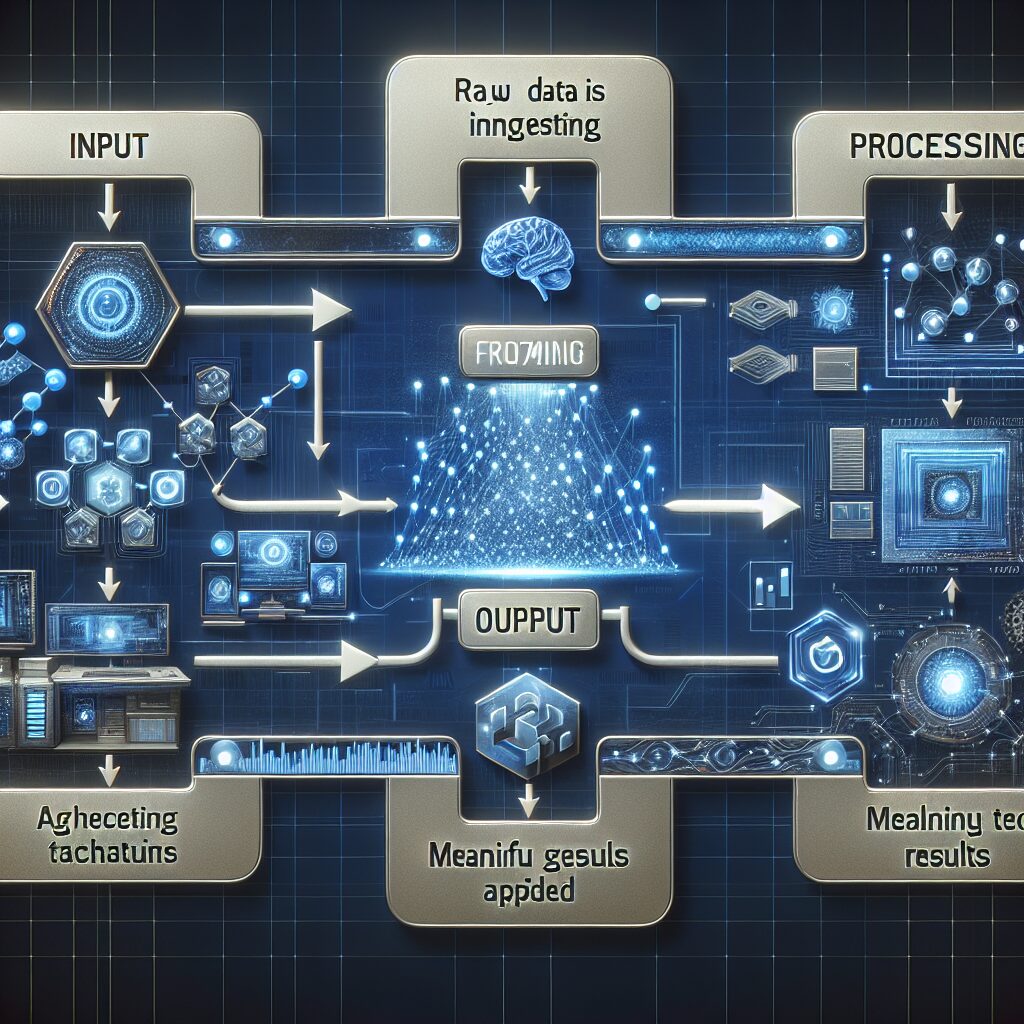CASE STUDIES
See detailed case studies below for a deeper dive into my accomplishments.

Recurring Legal Claims Funneling Through Operations Team
At a midsize bank, the deposit operations team began regularly receiving minor legal demands. These were forwarded to the legal department. This single issue accounted for approximately 5% of the legal department’s workload. As legal demands, these were time-sensitive and needed to be addressed rapidly.
In designing a process to address these in a time-efficient manner, I began by conducting research and data gathering, often the first steps in solving a problem. I also conducted a root cause analysis and proposed recommendations for addressing the root cause of the issue. Due to the root cause being operational and client-based issues, I focused on remedying the legal workflow under my purview.
Part of my data gathering process was conducting interviews with the operations department to understand the variations between the legal demands we were receiving. Together, we were able to identify a set of discreet claim types.
I worked with our attorneys to map out the possible responses for each claim type. These conversations were informed by the research I conducted on the legal issues at play.
I then synthesized my discussions with our operations team and our attorneys into an instruction sheet for the handling of these legal demands. This was organized as a table displaying case types, protocol, and standard letters to issue in each case.
With this instruction sheet, we equipped the operations team to handle 80% of these cases. Cases above a set threshold would be forwarded to the legal department. I then, in collaboration with my team, created a triage process for escalation within the legal department, further limiting the number of cases that needed to be escalated to our Chief Legal Officer.
These efforts led to 1) the empowerment of our operations team 2) reduction in the legal workload for the issue in question and 3) dramatically improved turnaround times for resolution.

Legal Ticketing and Turnaround Times
At a midsize bank, I implemented a legal ticketing system that had a dramatic impact on legal operations. When I entered the role, the legal workload was tracked by email. This is an inefficient method of tracking workload due to the time intensiveness of each email workload update, the inability to track collaboration on assignments, and poor ability to audit the workload progress. It is also not possible to provide a comprehensive picture of the kinds of massive workloads legal departments face through email.
To design and implement an effective legal ticketing system, I began with data gathering. I conducted interviews with my own department, understanding the needs of my department, the types of requests, and the organizational units with which my department interfaced. I then interviewed the head of each department with which the department interfaced to understand their needs and pain points with the legal department, for a fully comprehensive picture.
I then set out to begin building the system within Smartsheet. I mapped attributes to request inputs. I then mapped the attributes to a form powered with conditional logic to allow requestors to submit information pertinent to their type of request. The form was the end-user interface, and internally, this generated a log with each row as a ticket, with the ability to track the status of each row and enter comments and add attachments for specific updates. I created automations to provide requestors with confirmation of tickets submitted and notifications when the ticket was assigned and whenever there was a change in assignment or status.
The third piece of the system was back-end data-tracking sheets. I set up one sheet with fields to analyze our log of tickets. With this sheet, we tracked metrics such as number of requests submitted by department, number of each type of request submitted per month, number of each type of request completed per month, and turnaround times for each request type. A second sheet served as a counter to count the days each ticket was at each status, which fed into the first sheet turnaround time fields.
The fourth piece was a dashboard to visualize the data from the data tracking sheets. These were designed to make the data easily digestible visually. With a glance, we were able to have a good grasp of the overall workload.
This design served well. After some time, I saw ways the system could be improved and set up a ticketing system 2.0.
For our ticketing system 2.0, I designed a landing page where all important legal resources could be found in one place. I revamped the request submission form to make it simpler to navigate and more straightforward to submit requests. I added to the page an additional form I had created for a special request type. The page included short bios on the members of the team. We included a document with further descriptions of each of the request types and a document describing the fulfillment process for legal requests. Finally, I included on the page one of the features of the software that would allow for users to see a list of only their own pending requests. Thanks to the usability of the page, it gained user acceptance with little friction.

RFP Proposal Process
I was tasked with the preparation of proposals in response to government RFPs at a software company. We received these often with a time frame for completion of a matter of weeks. RFP documents ranged from 20-80 pages, and it was my job to assemble a proposal in response to the RFP to win the business of the government client. Each proposal was treated as a project. I created and organized several pieces to make these projects as efficient as possible:
- RFP Snapshot/Requirements Matrix: This document provided a quick overview of the setup the client was soliciting (e.g. Software Package A & C, 20 stations, 30 employees, etc.)
- Proposal Project Schedule with milestones and clear assignments which could be refitted to any RFP.
- Proposal Preparation SOP: This document provided a flow for the overall proposal preparation process
- Marketing templates: Marketing processes added a significant amount of time to the preparation process, so I requested high quality templates be prepared to eliminate this step, making the process far more manageable
- Knowledge management: I created a library of proposal template information that could be used to accelerate the process of preparing RFPs. As time progressed, I spearheaded the implementation of a Knowledge Management System to gain further time efficiencies.
Through these efforts, I enhanced the company’s ability to respond to RFPs in a time-efficient manner and set the stage for the company to win one of the largest deals in its history, an international deal with complexity of an order of magnitude greater than US RFPs.
© 2024 Precision Legal Ops LLC